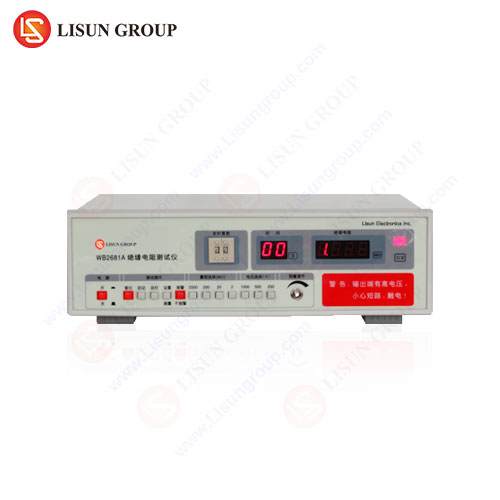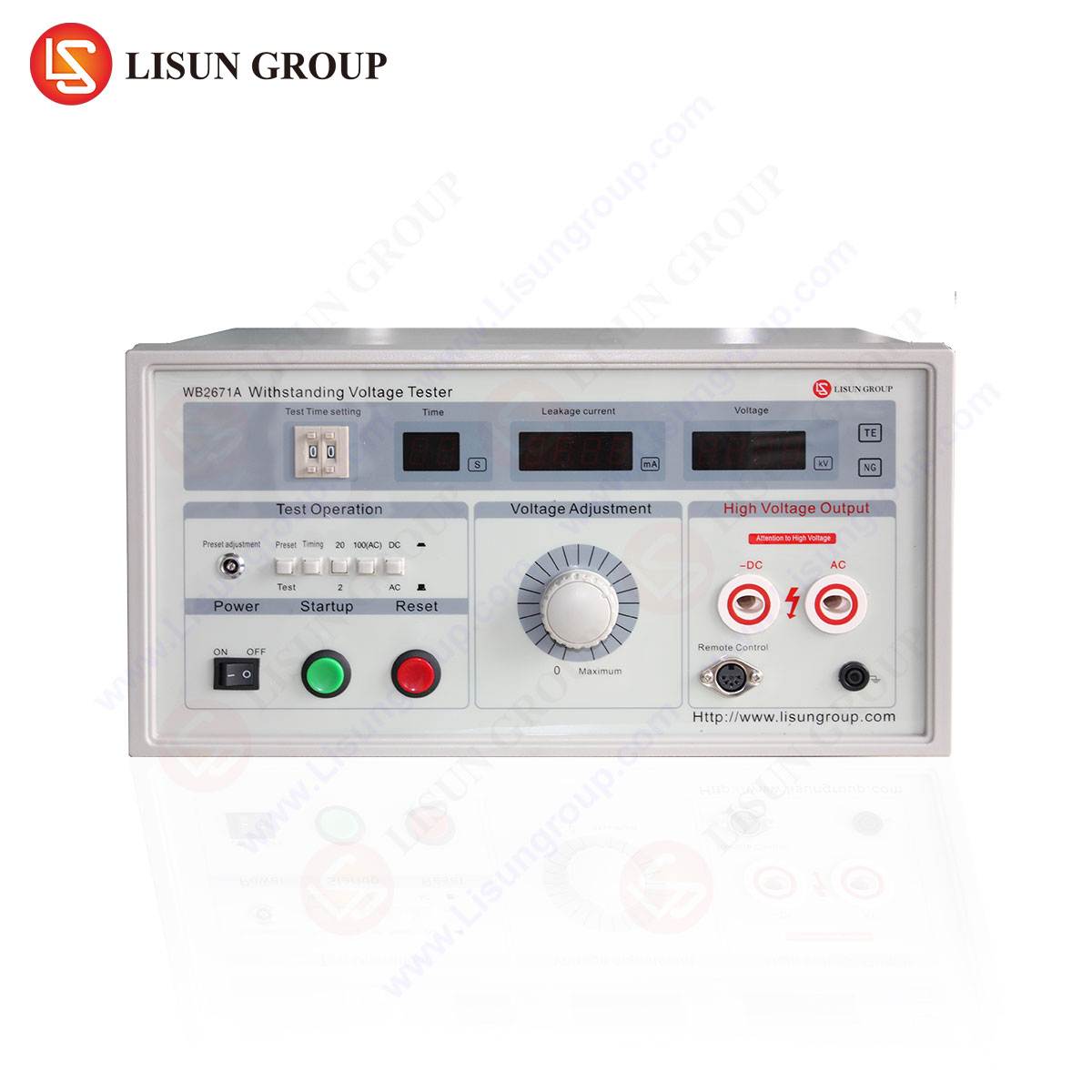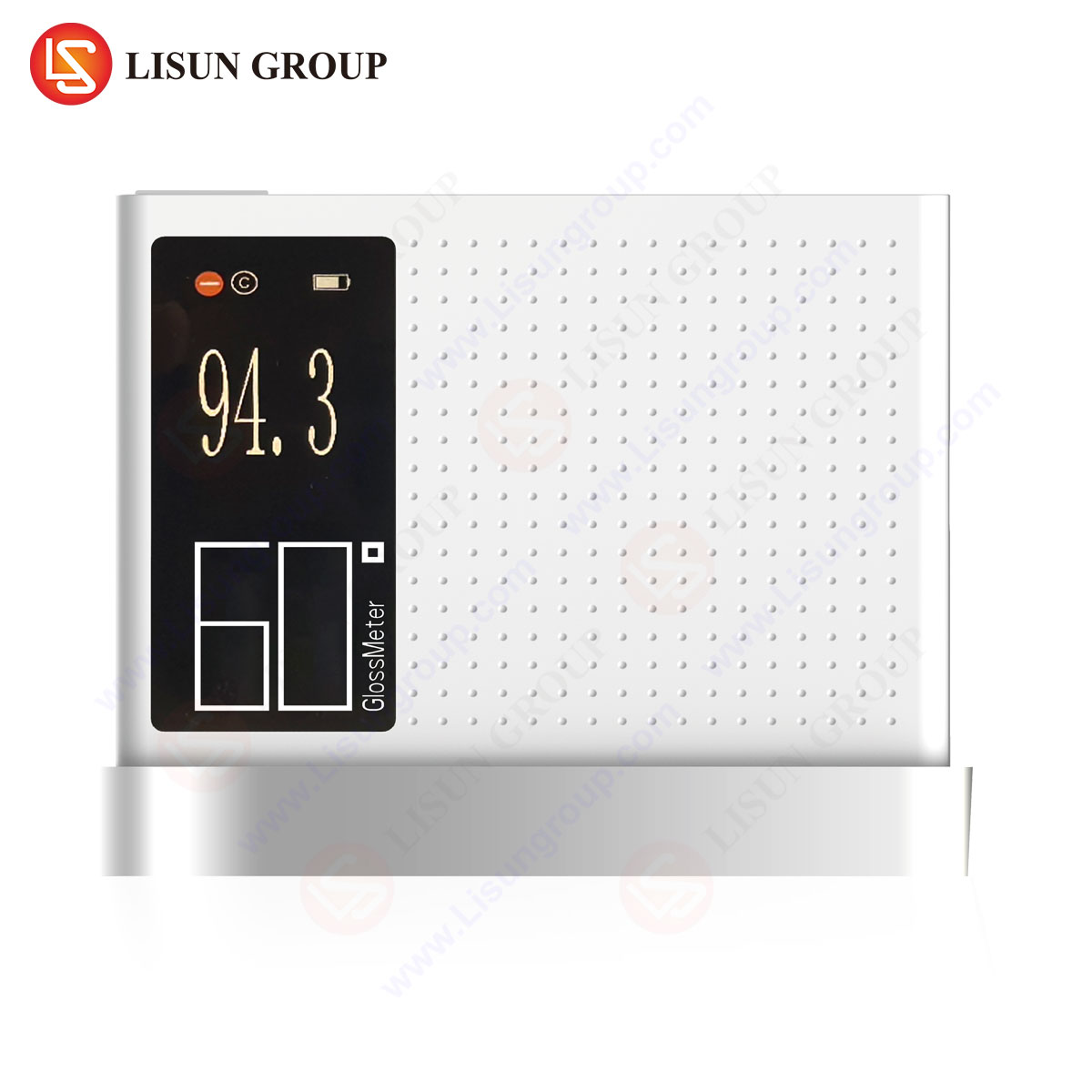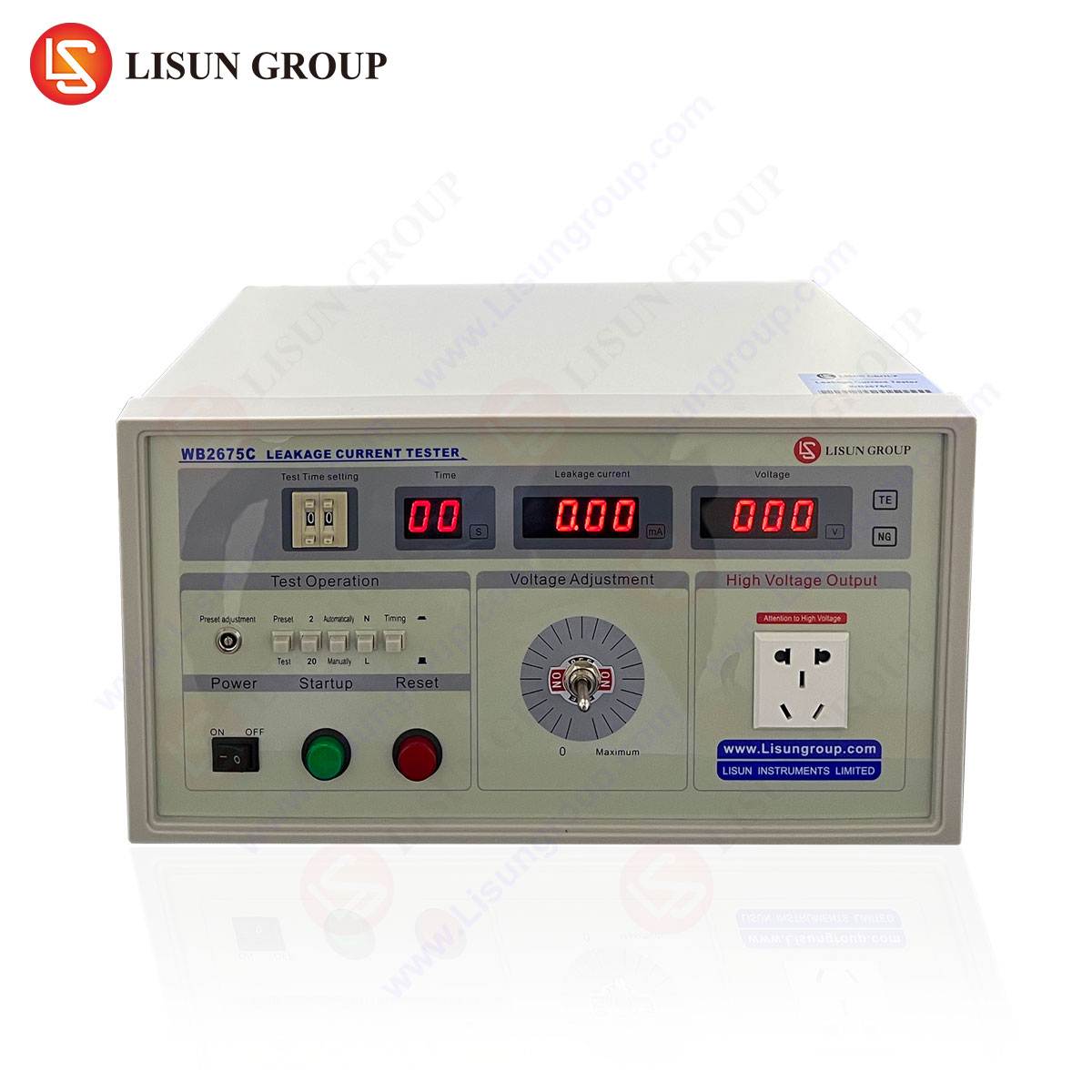Introduction to Grounding Resistance Measurement
Grounding resistance testing is a critical procedure in electrical safety, ensuring that grounding systems provide a low-resistance path for fault currents to dissipate safely into the earth. Inadequate grounding can lead to equipment damage, electrical shock hazards, and non-compliance with international safety standards. The リスン WB2678A Grounding Resistance Tester (0~600mΩ, 10A) is engineered for high-precision measurements across industries where grounding integrity is paramount.
This article examines the technical principles, industry applications, and advantages of the WB2678A, supported by empirical data and compliance standards.
Technical Specifications of the WB2678A Grounding Resistance Tester
The WB2678A is designed for demanding environments, offering a measurement range of 0~600mΩ with a 10A test current, ensuring accuracy even in high-interference settings. Key specifications include:
| パラメータ | 仕様 |
|---|---|
| 測定範囲 | 0~600mΩ |
| Test Current | 10A (adjustable) |
| 正確さ | ±(2% + 5 digits) |
| 決議 | 0.1mΩ |
| Operating Temperature | -10°C to 50°C |
| コンプライアンス基準 | IEC 61557, GB/T 18216, EN 61010 |
The device employs four-terminal Kelvin sensing to eliminate lead resistance errors, making it suitable for precision testing in industrial and laboratory environments.
Testing Principles: Four-Terminal vs. Three-Terminal Methods
The WB2678A utilizes a four-terminal (Kelvin) measurement technique, which separates current injection and voltage sensing to minimize errors caused by test lead resistance. This method is superior to traditional three-terminal testing, particularly in low-resistance applications (e.g., grounding grids, busbars, and lightning protection systems).
- Current Terminals (C1, C2): Deliver a stable 10A test current.
- Potential Terminals (P1, P2): Measure the voltage drop across the grounding system.
By calculating resistance via Ohm’s Law (R = V/I), the WB2678A ensures high repeatability (±1% under controlled conditions).
Industry Applications of Grounding Resistance Testing
Electrical and Electronic Equipment Manufacturing
In production lines, grounding resistance must be verified for compliance with IEC 60364 そして UL 467. The WB2678A is used to test:
- Power distribution panels
- Industrial control cabinets
- Surge protection devices
Household Appliances and Consumer Electronics
Grounding faults in appliances (e.g., washing machines, refrigerators) pose shock risks. The WB2678A ensures resistance values remain below 100mΩ, as mandated by IEC 60950-1.
Automotive Electronics and EV Charging Systems
Electric vehicle (EV) charging stations require grounding resistance below 50mΩ (per SAE J1772). The 10A test current simulates real-world fault conditions.
Telecommunications and Data Centers
Telecom towers and server farms rely on low-impedance grounding to prevent lightning-induced damage. The WB2678A validates resistance values in accordance with IEEE 80.
Medical Devices and Aerospace Components
Sensitive medical equipment (e.g., MRI machines) must adhere to IEC 60601-1, requiring grounding resistance below 200mΩ. The WB2678A’s high resolution (0.1mΩ) ensures compliance.
Competitive Advantages of the WB2678A
- High Current Output (10A): Reduces noise interference, critical in industrial environments.
- Four-Terminal Kelvin Sensing: Eliminates lead resistance errors for sub-milliohm accuracy.
- Robust Construction: IP54-rated housing withstands harsh field conditions.
- Compliance with Global Standards: Validated against IEC 61557-5 そして GB/T 18216-4.
Case Study: Grounding System Evaluation in a Solar Farm
A photovoltaic (PV) installation required verification of its grounding grid’s resistance (< 5Ω, per NFPA 70). Using the WB2678A, technicians measured:
- Soil resistivity: 150 Ω·m
- Grounding resistance: 3.8Ω (within tolerance)
The 10A test current ensured stable readings despite soil moisture variations.
FAQ Section
Q1: Why is a 10A test current necessary for grounding resistance measurements?
A 10A current minimizes the influence of contact resistance and stray voltages, ensuring accurate readings in noisy environments.
Q2: Can the WB2678A measure soil resistivity?
Yes, using the Wenner or Schlumberger method, the device can derive soil resistivity from grounding resistance data.
Q3: What is the maximum lead length supported for remote testing?
The WB2678A supports up to 100m leads without significant accuracy degradation, provided proper shielding is used.
Q4: How does the WB2678A compare to clamp-on ground testers?
Unlike clamp-on testers, the WB2678A provides direct resistance measurement, unaffected by parallel grounding paths.
Q5: Is the WB2678A suitable for explosive atmospheres?
No, the device is not ATEX-certified. Intrinsically safe models should be used in hazardous locations.
This article underscores the WB2678A’s role in ensuring electrical safety across industries, supported by empirical testing methodologies and compliance with global standards.






